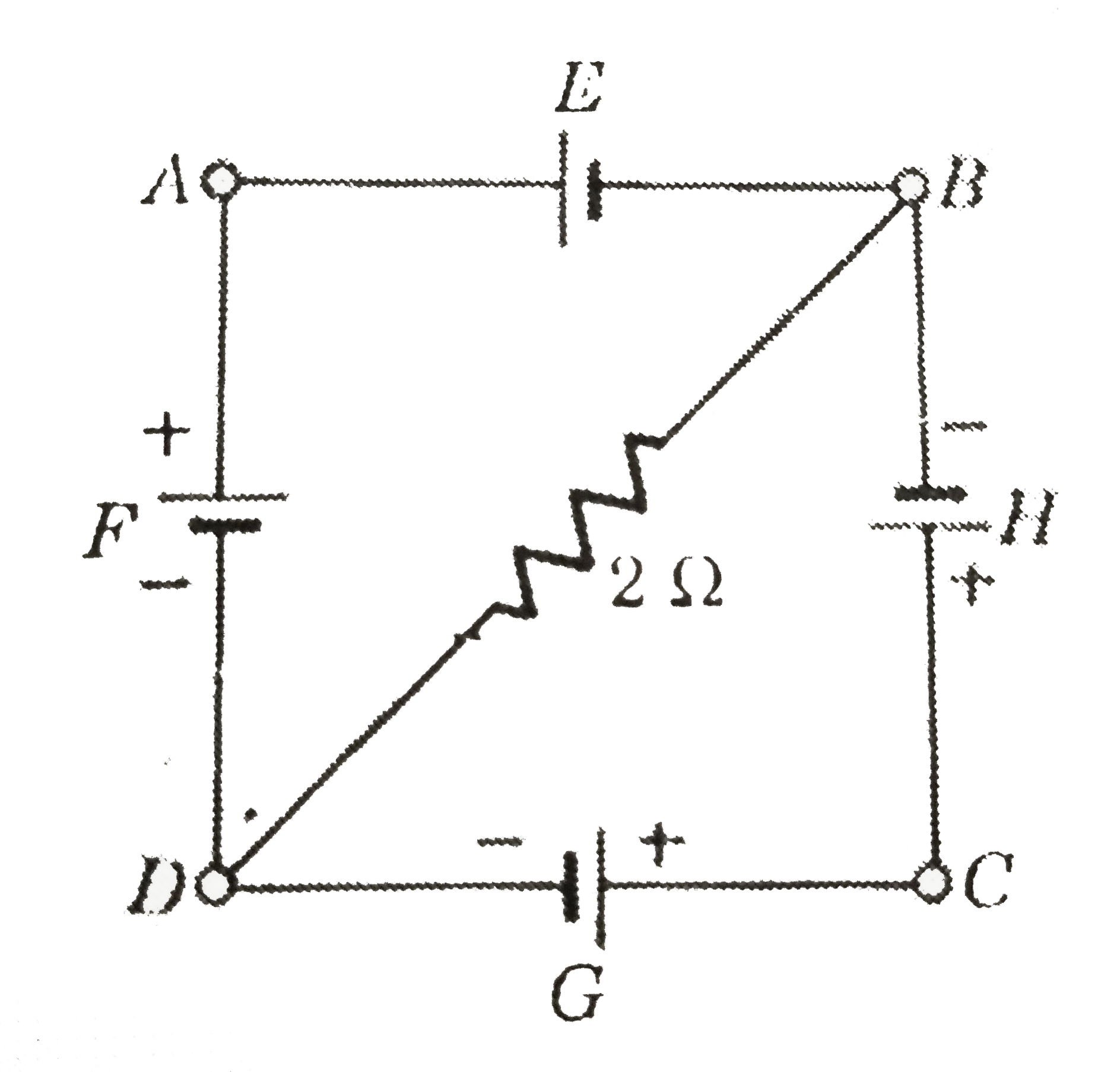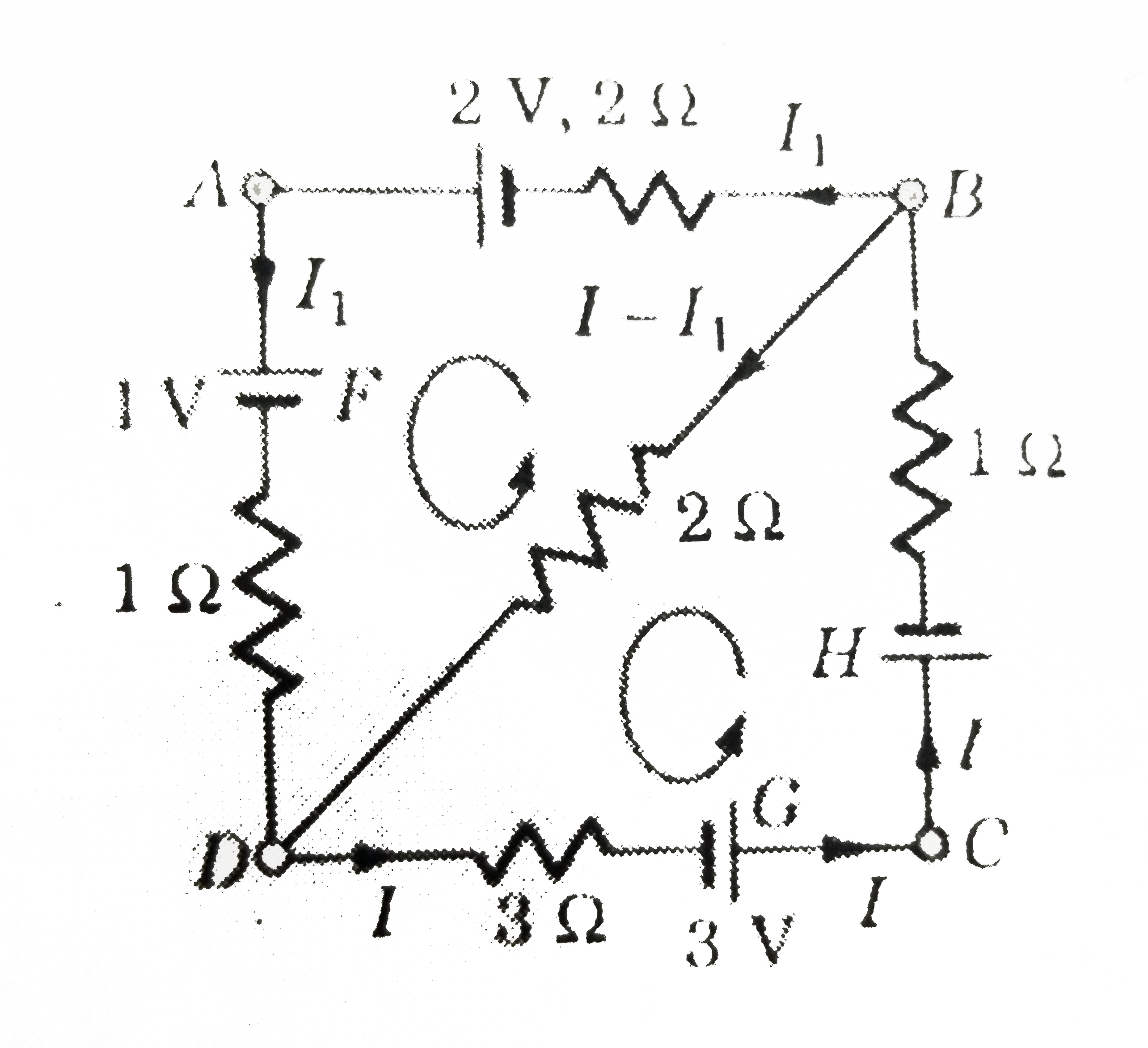Answer
Step by step text solution for In the circuit shown in figure. The cells E,F,G and H have e.m.f's 2,1,3 and 1 V and internal resistance 2,1,3 and 1Omega respectively. Find the potential differences between points B and D, and across the terminals of the cells G and H. by PHYSICS experts to help you in doubts & scoring excellent marks in Class 12 exams.
|
Topper's Solved these Questions
ELECTRICAL INSTRUMENTS
SL ARORA|Exercise Problem for self practice|81 VideosView PlaylistELECTRICAL INSTRUMENTS
SL ARORA|Exercise Problem for self practice|81 VideosView PlaylistELECTRIC POTENTIAL AND ELECTRIC FLUX
SL ARORA|Exercise Problems for self practive|61 VideosView PlaylistELECTROMAGNETIC INDUCTION
SL ARORA|Exercise All Questions|108 VideosView Playlist
Similar Questions
Explore conceptually related problems
Knowledge Check
Similar Questions
Explore conceptually related problems
SL ARORA-ELECTRICAL INSTRUMENTS-Problem From competitive examinations
- In the circuit shown in figure. The cells E,F,G and H have e.m.f's 2,1...
07:07
|
Playing Now - In the circuit in figure E1=3V, E2=2V, E3=1V and R=r1-r2-r3=1Omega ...
12:15
|
Play - A part of the circuit in a steady state along with the currents flowin...
03:02
|
Play - In the circuit shown in figure. epsi(1)=3,epsi(2)=2,epsi(3)=6V,R(1)=2,...
04:50
|
Play - Find currents I(1),I(2) and I(3) and the energy stored in the capacito...
05:25
|
Play - An electrical circuit is shown in figure. Calculate the potential diff...
08:27
|
Play - In the network as shown in figure. Each resistance r is of 2Omega find...
04:23
|
Play - A galvanometer having 30 divisions has a current sensitivity of 20 muA...
04:31
|
Play - A potentiometer wire of length 100 cm has a resistance of 100Omega it ...
02:25
|
Play - In the arrangement of resistances shown in figure. Find the value of u...
02:04
|
Play - In figure. ABCD is a square where side is a uniform wire of resistance...
04:06
|
Play

